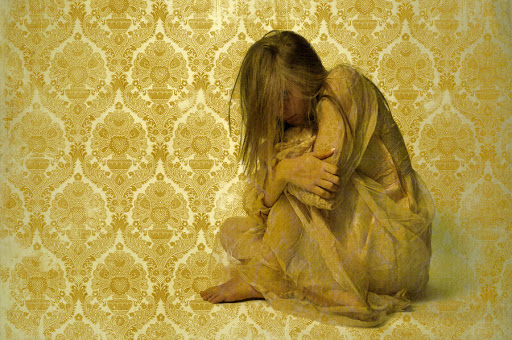Yellow wallpaper, the women's prison

This is a masterpiece of feminist literature. This is a short story by Charlotte Perkins Gilman, which was first published in 1892, and metaphorically lays bare the machismo, psychological pressures and effects of patriarchy on women at the time (which we still see today). This is an autobiographical story that exposes, in simple, almost childish language, the side effects of the diagnosis of hysteria, so common in past centuries. An exclusively female "illness".
The short story tells the story of a protagonist - clearly portraying the author's own experience - who, apparently without cause (only apparently, because in fact there is a relationship with an experience of the protagonist's that would be very obvious today. But not at the time) is diagnosed by her husband (a doctor) with hysteria. The remedy? Social isolation in a country house, without being able to write - what this protagonist loved to do most - in order to rest. Obviously, however, she only gets worse.
The story is told in the first person, by the protagonist herself, in the form of a diary, notes that she manages to keep hidden in her barred room. With all the confinement and the appearance of her room, which doesn't help, she believes in some supernatural force acting in that place, more specifically on the bedroom wall, with the yellow wallpaper, which looks more like a mirror. We can clearly see a certain guilt imposed on her by her husband - as if it only depended on her willpower to get out of the situation - camouflaged as care. There is a strong psychological pressure in this relationship, disguised as encouragement.
A powerful book that, metaphorically shows us the feelings of a woman, trapped by the most diverse society's impositions.
Rating: 5 stars






Responses